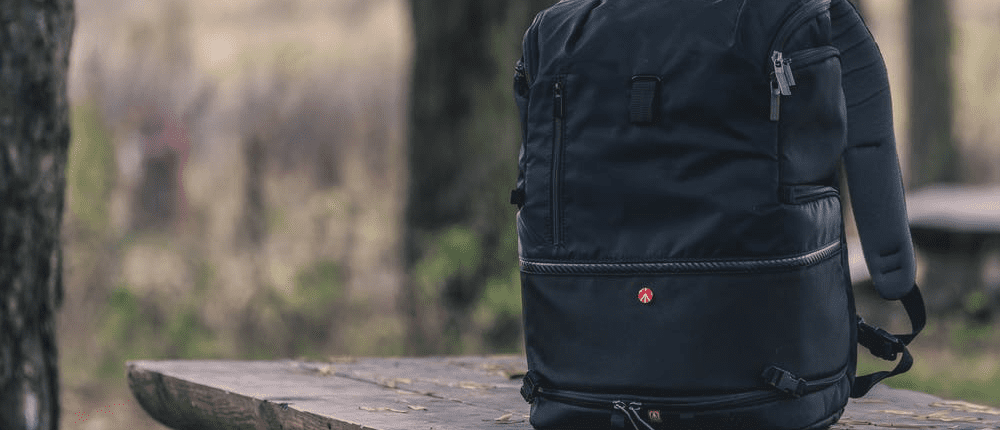How Does MOLLE Work

When you’re looking at tactical backpacks, survival backpacks, and other bags or even garments for the outdoors, you might notice that many of them say that they have MOLLE attachments or a MOLLE system. MOLLE stands for “modular lightweight load-carrying equipment” and describes the attachment between pouches and modules. So if you are wondering how does MOLLE work, well it consists of heavy-duty nylon fabric and compatible pouches and modules can be attached. The advantage of this is that you can easily switch around different modules and adapt what you’re carrying to the situation, while also securing everything in place.
MOLLE attachment systems usually have SlickStick or MOLLE-specific attachments that you can use to weave between the attachment and whatever you want to add to the system.
Use a MOLLE (pronounced molly) system, you can attach various items to your bag, vest, or other tactical gear, including:
- Pouches for magazines and grenades
- Canteen carriers
- Sustainment pouches
- First-aid kits
- Holsters
- General pouches
- Anything else that can be clipped or attached
How to Make the Most of a MOLLE System
If you have a backpack or other item with a MOLLE system, it’s extremely useful for outdoor and tactical situations. However, there is still only a certain amount of space available, so it’s important to make the most of it. You might already have a plan that you’re expected to follow if you’re preparing for an official situation, perhaps if you’re a member of the military. However, if you don’t have a prescribed plan, you can work out for yourself what will be best.
First, when looking at how does MOLLE work decide what you want to attach to your system. You might have certain items that are better inside your backpack, while others make more sense if they are easily accessible, and these are the ones that you will want to clip onto your MOLLE system.
Before you attach anything, experiment with where you’re going to put different items. Try things out in different positions to see what you can fit and distribute the weight evenly too. When deciding where to attach things, take a look at the length of the straps. Most small or medium items will fit neatly onto two or three rows of webbing. If you want to attach an item with a SlipStick, take the end with the snap attached and thread it through the bottom row of webbing that you want to attach your item to, with the snap side up.
Next, weave the stick or strap through the webbing on the back of the attachment and tighten it as you go to keep it secure. Keep weaving until you only have the snaps or buttons left at the top and repeat with any extra straps if necessary. Finally, secure the item in place with the snaps or buttons so that it stays put when you’re on the move. Repeat the process for any other attachments that you want to secure until you have everything in the right place.
More Tips for Using MOLLE Attachment Systems
Try these tips to make your MOLLE attachment system even more efficient.
How to handle multiple straps
When you have an attachment that has multiple straps or sticks, try weaving them into the nylon straps on your backpack at the same time. If you alternate between sticks as you weave, you can make it easier to attach the attachment.
Weave through all straps
When you’re weaving sticks and straps through the nylon webbing, don’t skip any sections. You might think that it’s going to speed up the process, but it could leave your attachments less secure. Use all of the webbing if you want to make your gear as secure as possible, both on the gear itself and on the pack or vest that you’re attaching the gear to.
The reason you should make sure you’re weaving your straps through properly is so that you secure everything well. If you miss any sections, you could find that your attachments are moving around a lot more than you really want them to. This isn’t ideal if you’re walking or running and you want your gear to stay in place. Additionally, the webbing sections that you do use will have more stress on them because they’re carrying more weight, which could mean that they don’t last as long.
Use MOLLE-compatible equipment
If you want to make the most out of a MOLLE attachment system, use gear that is compatible with the system. You can use older ALICE attachments with the system, but they’re not as secure and efficient as MOLLE-compatible equipment. MOLLE items are more durable and versatile, so it’s best to use them over alternatives.
When you attach your accessories correctly such as hard knuckle gloves, it will look and feel like they are almost part of your backpack. They should be held firmly in place, with little movement when you give them a shake.
What not to do
Remember that the wrong way to attach items using the MOLLE system is to simply pull the strap or stick through the webbing once. While it will technically connect your item, it won’t be very secure and you’ll find that it moves around a lot. Alternate weaving to lock it in place is the right way to do it.
You don’t have to have any specific brand of gear to be able to use this system. You’ll find many packs and other items such as vests that use the MOLLE attachment system, as well as plenty of equipment and gear that is designed to be attached to MOLLE webbing. You can even buy MOLLE sticks or straps separately and use them to attach your gear, which can be useful if you have gear that’s not automatically compatible.
There are good reasons that MOLLE is used by military organizations, emergency services, and plenty of enthusiastic lovers of the outdoors. It’s a versatile and flexible system that allows you to secure all of your gear with ease. While you can find similar systems for securing equipment, MOLLE attachment systems are seen as the standard by many people. It is multifunctional and easy to configure however you want.






